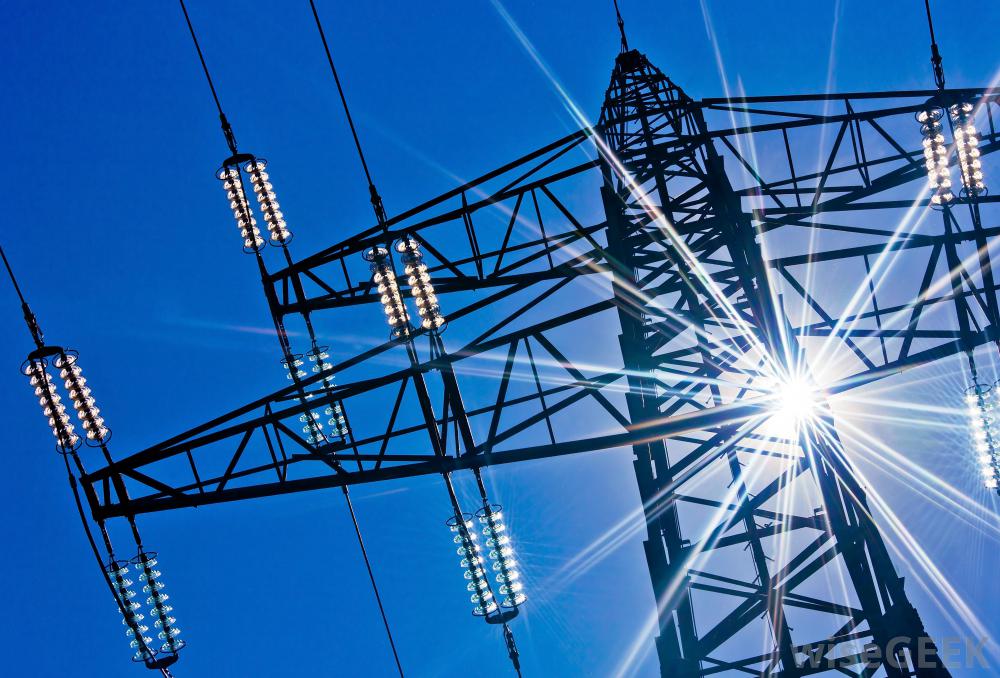

Weather and energy trading
It is no secret that the weather and energy consumption have always been intrinsically linked. The basic theories of supply and demand drive a lot of the relationship – if the weather is very cold we will demand more power and knowing what the weather might do months, seasons or even years ahead will help shape predictions on how much power we need to generate. But weather is just one factor that effects our power requirements and prices, and until recently, other core factors like UK politics, geopolitical events, the economy, etc. played a more critical and generally more predictable role. But we now find ourselves living in much more uncertain times – who knows what the next few years hold, not just for the UK, but for the world. It seems that the weather has suddenly become one of the more predictable elements when considering future power demands and prices.
But how does all of this translate in to the price we pay for electricity? Firstly – we need to look at how it is bought and sold. Electricity is a commodity often traded as a futures contract, so you can buy it years in to the future despite it not physically existing at the point of sale. It is traded in many different blocks – annual, seasonal, month ahead, week ahead, day ahead, within a day, even. The price on your home electricity bill will consist of multiple blocks bought in advance by the traders at your supplier, blended together with the non commodity costs to determine all the different rates and contract options you can sign up for. That is why switching suppliers is often a good thing to test out as different suppliers will buy at different points in time – so you never know who might come out cheapest. As for large energy users – manufacturers, large retailers, processing plants, etc. the trend over the last decade has been to move towards more ‘flexible’ contracts so they can work directly or with brokers to buy their energy in these different blocks rather than relying on fixing their prices – a more risky process when it comes to accurate budgeting for their business – but with careful management they can often see big benefits of buying their wholesale energy themselves and then slotting this in to a contract rather than taking a more ready-made and blended price from a supplier.
An announcement from the Met Office about a very cold winter ahead will impact the price of the tradable blocks of power in the effected season. But the technicalities of how weather effects prices beyond this are more complex than ever.
Our electricity generation make up is ever changing. 50 years ago we were almost solely reliant on coal to fire our primitive power stations, but there is now a huge variety: renewables, nuclear, gas, oil to name but a few. This can be broken down further into baseload and peak. Our baseload of electricity - a constant underlying generation, which generally comes from the gas and coal fired power stations, is then topped up with renewables – like wind and solar. All renewable sources are almost totally reliant on weather – if there is no wind – the turbines don’t spin; if there is too much, they are dangerous to operate and over produce.
So quality short range weather data is critical to the operators of all of these plants who work together to flex about the generation mix at any point in time – and can ramp up the traditional power stations to meet baseload requirements if the weather is unfavourable – but equally can ramp those down if we have optimum conditions.
But if the weather throws a curve ball and we have an extreme event and demand really soars then we have to rely on other sources to generate the ‘peak’ electricity like old diesel plants which otherwise lay dormant and are very expensive to power up and run. This will cause huge spikes in price – especially on those day ahead markets. This isn’t of great concern to fixed price domestic customers at the time of the extreme weather event as their price was secured well in advance – but any large energy users who do operate a ‘flexible’ electricity contract will really see the impacts. There are ways for these large users (where power is generally their biggest overhead so worth while doing) to help the electricity networks cope with these extreme events and they can opt to have a variety of mechanisms in their contract .
As utilities technology advances at a rapid rate and the way in which we generate and trade power and the subsequent contract options progress, accurate and quality weather data (both short and long range) is key. This is magnified when we consider the historically uncertain times we are currently living through - which have made many of the other factors that also impact power demand, commodities markets and pricing so unstable. The relationship between weather and utilities has therefore never been more imperative and acute.
by Katie Hague, Environmental Consultant




